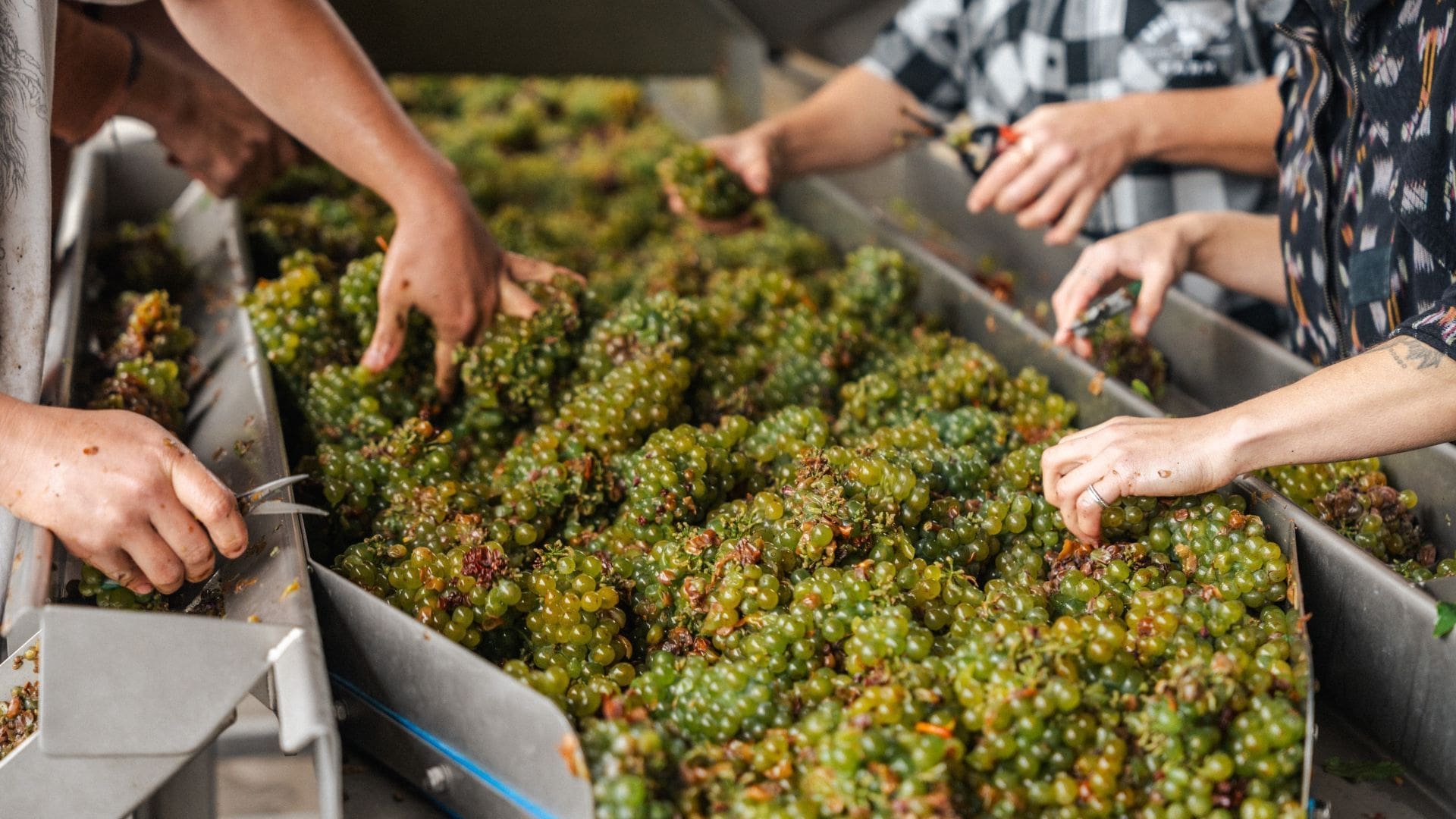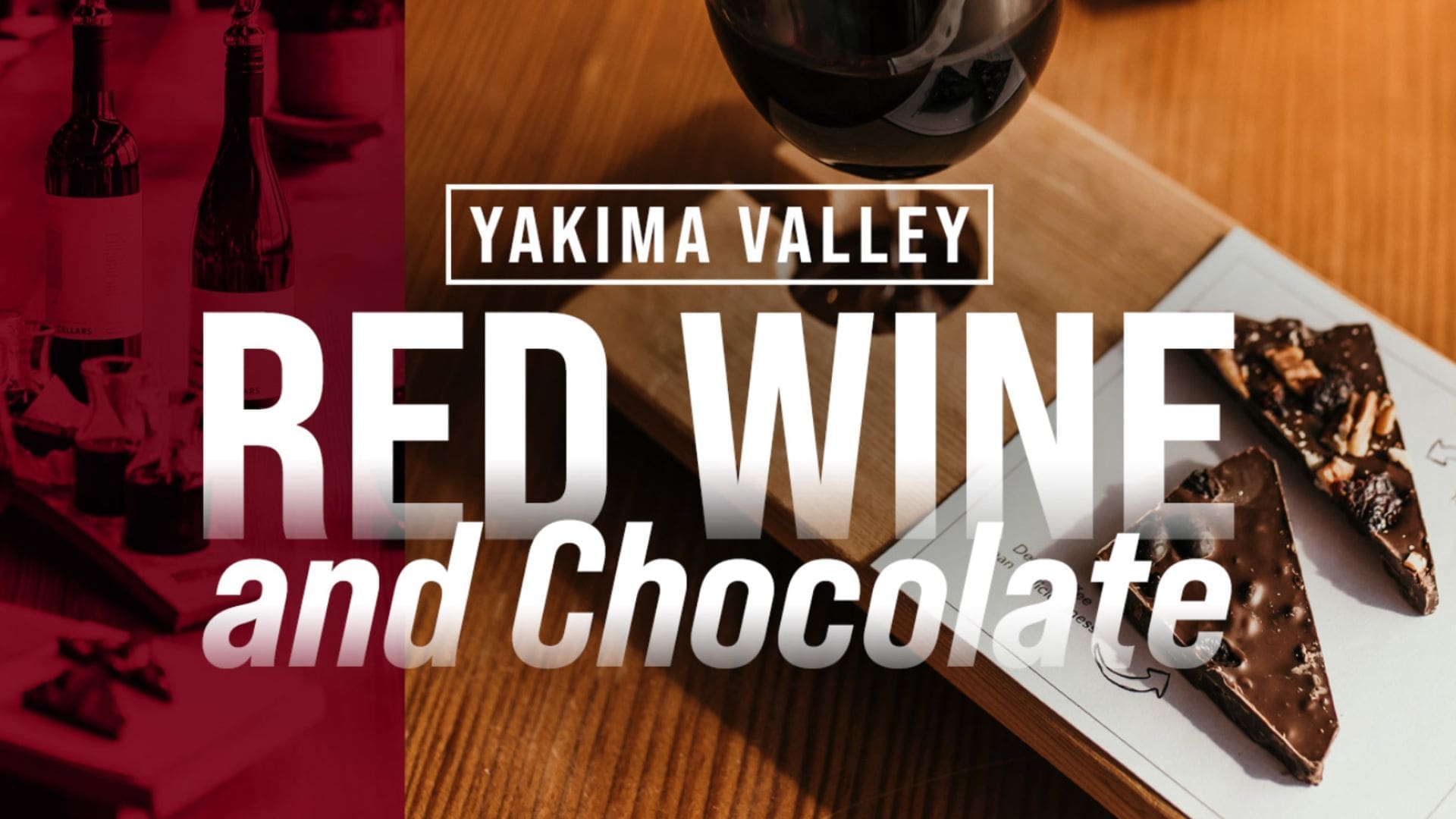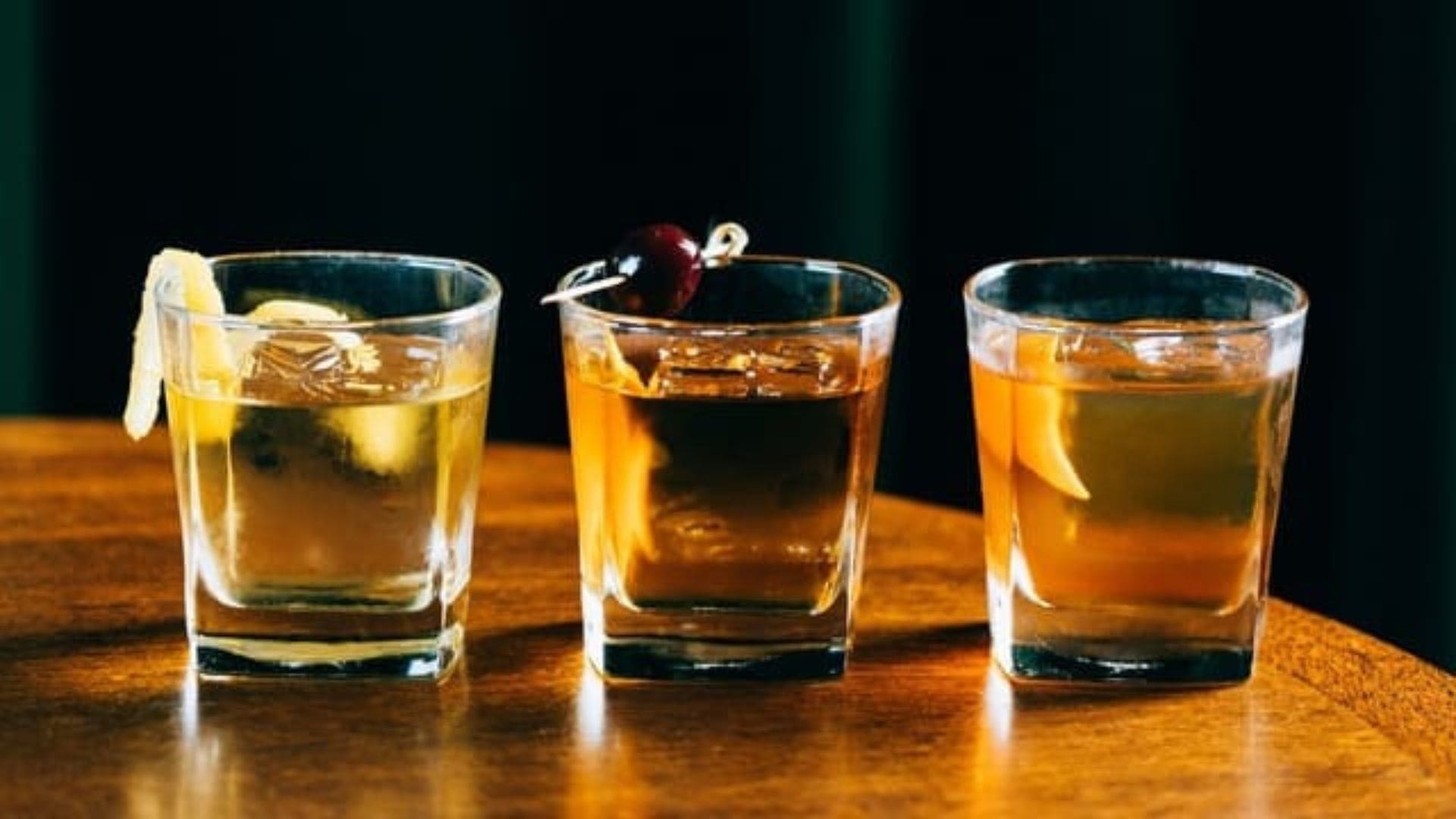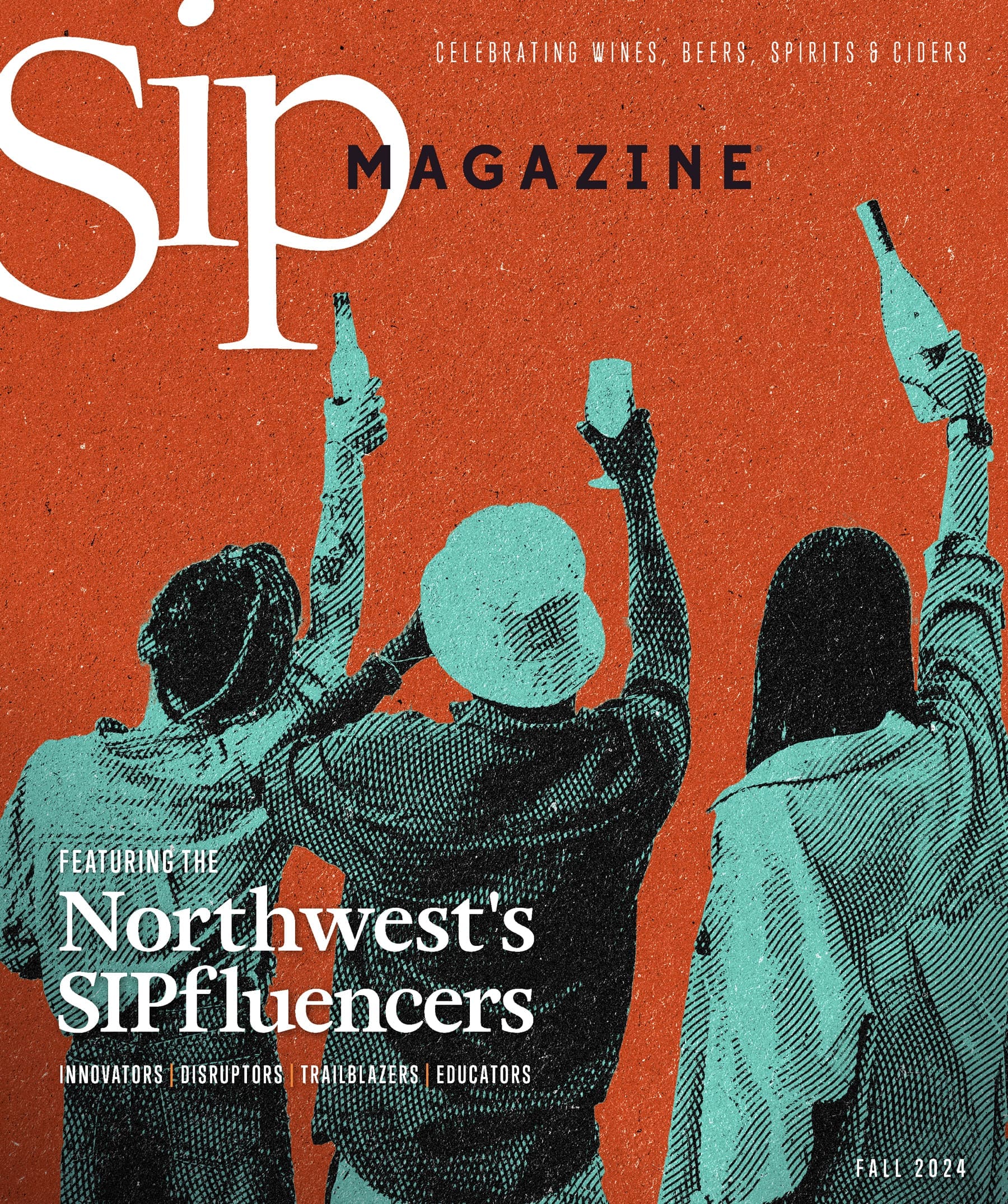When you’re out for a wine tasting, your gracious hosts may explain to you all the factors that go into growing and producing the wine. They might throw a wine term or two – like “terroir” – that you might not be so sure about. You swirl the wine in your glass, realizing there’s more to the wine than you aren’t aware of.
Now enter Drink.EDU, your bi-monthly column meant to assist you for situations like this, keeping you in the know about what’s going on in your glass. This week, we’re exploring the sometimes elusive terroir as it pertains to wine — what it is and what it isn’t.
Terroir — pronounced tehr-wahr — literally means “earth” or “soil” in French. Terroir is used in the wine industry to describe “a sense of place.” It’s the context and influence of which a crop is grown and how those elements determine the wine’s taste.
Understanding a wine’s environment is useful while trying to grapple all the characteristics of what’s in your glass. A varietal like Chardonnay will taste differently from growing in various microclimates and ecosystems, like in the Columbia Gorge as opposed to the Willamette Valley. The concept of terroir can help us tasters differentiate one place from another, not to mention win us some real vocab points.
You can bet that aside from other wine characteristics like acidity, tannin and texture, terroir carries some weight. It’s one of the most used and the hardest to understand — and hotly debated within the beverage industry as to whether it even exists — blending itself into a concoction of complex environmental and cultural influences.
Think of terroir as all the environmental elements that go into growing wine. They reflect the end product in your glass. Some elements include climate, soil conditions, chemical composition, terrain, neighboring plants, proximity to water and slope direction.
And from these various natural forces, the Earth creates characteristics that set a wine apart from another. For example, sun exposure impacts sugar and acidity, mineral-rich soil adds unique flavors, and hilly terrain with rocky soils can be favorable for water retention resulting in smaller, yet highly concentrated grapes.
Does terroir cover human influence, such as growing methods and winemaking? Traditionally speaking, no. And that’s what makes terroir so elusive and so controversial, since it’s hard to draw the line between nature and nurture. However, growing style is always an important element to consider when evaluating a wine. And some winemakers look to accentuate a region’s terroir, like using wild yeast found in the vineyard’s ecosystem. It’s also good to consider that to a certain degree, human influence can have an impact on existing growing conditions as well.















